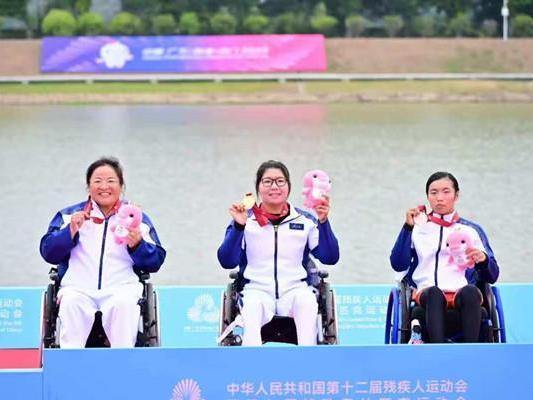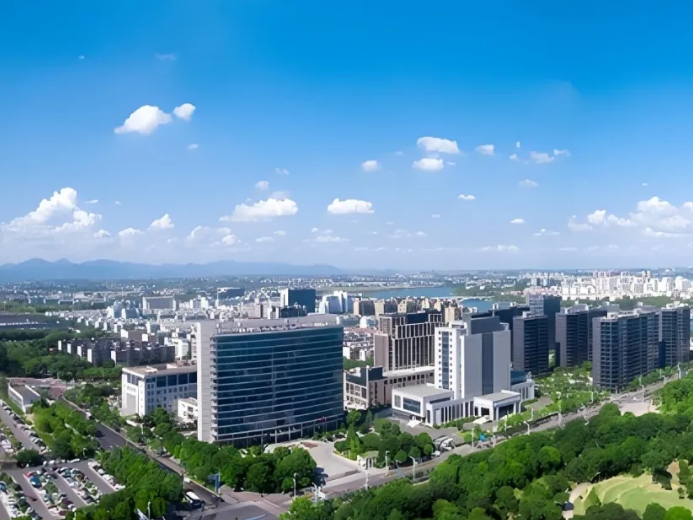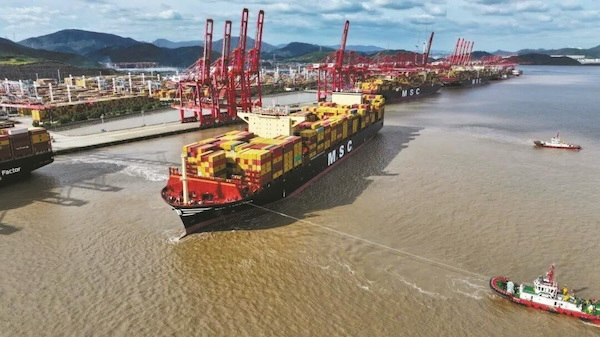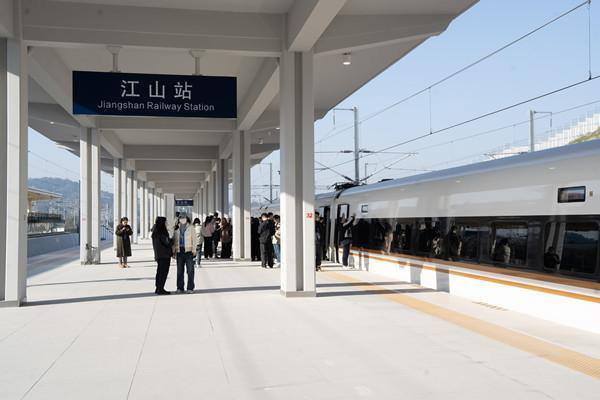This year, people seem to have a deeper understanding of the word "climate change" when finally "survived" from the 50-day plum rain season. It is an indisputable fact that extreme weather has been on a continuous increase.
"Zhejiang is one of the provinces suffering from serious meteorological disasters in China. Typhoon, rainstorm and flood, high temperature and heatwave, drought, cold wave, and heavy snow are becoming more and more frequent,” read in the report "Assessment of Adaptation to Climate Change in Zhejiang Province".
How to deal with climate change? "The first is to alleviate greenhouse gas emissions; the second is to make an adaptation, seeking advantages and avoiding disadvantages to reduce losses." Liu Jinsong, deputy director of the provincial ecological environment monitoring center, said that low carbon development is a necessary way to deal with climate change.

(Photo via Zhejiang News)
Carbon control is the key to temperature control
In fact, the weather disasters in Zhejiang Province are derived from climate warming. And the global temperature change is essentially a problem of greenhouse gas emission. "To some extent, controlling temperature means controlling carbon dioxide," experts pointed out.
Liu Jinsong introduced that the average temperature of Zhejiang province is accelerating. In 2019, the sea level along the coast was significantly 93 mm higher than that of the previous year as well as that of other coastal provinces.
Additionally, there are also serious problems in forests. The duration of forest fire prevention is obviously prolonged, and the frequency and intensity of fire are aggravating. Meanwhile, the occurrence period of insect pests is advanced, the cycle shortened, the scope and damage degree constantly increasing. In 2018, the disaster area of forest insect pests in the whole province is 153,100 hectares, 2.7 times of that in 2013.
However, the latest WMO (World Meteorological Organization) forecast suggests that it may be hotter in the next five years. The past five years have been the hottest on record, with a 74.67% chance of 2020 becoming the hottest year ever.
Low carbon is imperative. In Zhejiang, every city is responsible for the annual reduction of carbon emission. In Yu village, Anji County, the direct carbon emission intensity is 0.04 tons / 10,000 yuan, which is close to zero. The industrial structure is the decisive factor behind "almost zero emission".
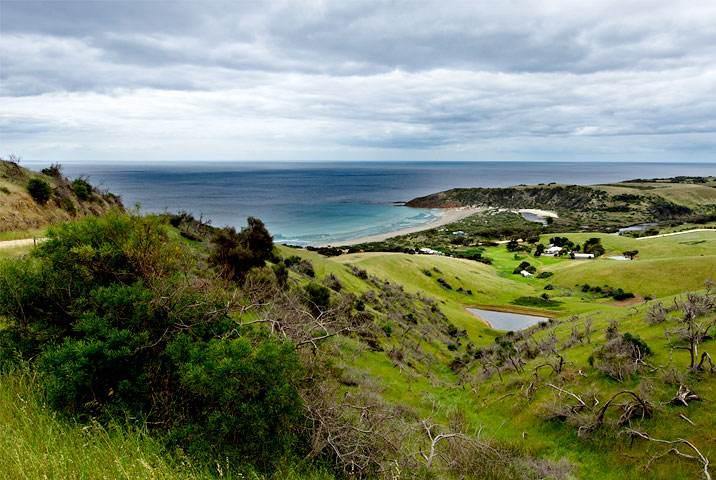
(Photo via Zhejiang News)
How a city can manage "low carbon transformation"?
More and more people pay attention to "zero-carbon" cities.
Adelaide, Australia, pioneered the global goal of "zero-carbon" cities. Compared with 15 years ago, Adelaide's total greenhouse gas emissions decreased by 15%, and the city's economy grew by 35%. Its emission reduction target is to achieve carbon neutrality by 2025.
Zhejiang also has its own "Adelaide" - Lishui. According to the greenhouse gas inventory data, by 2018, the greenhouse gas equivalent of Lishui in energy consumption, electricity transfer, industrial and agricultural production, and other major fields was 7.6954 million tons, while the net greenhouse gas equivalent of land-use and forestry absorb was 7.3948 million tons. The two offset, basically achieving zero carbon emissions in the whole region.
Lishui's goal is to create a garden city with an "optimal" carbon sink (process, activity, mechanism of removing carbon dioxide from the air), and adaptability. Three years ago, Lishui became one of the first batch of climate adaptive pilot cities, and it was the only selected city in Zhejiang Province.
Despite the 50-day plum season, the fog farming agriculture has not been affected in Lishui. Fog farming, as the name implies, is air fog farming. In short, the nutrient solution is sprayed on the root system of vegetables which do not need to be planted in the soil. With enough nutrients and light, vegetables are able to grow. It changes the traditional agricultural ground planting mode.
"Earth building" is located on the hillside of Umbrella Village in Lishui. "We "create fields in the air" by using vertical farming mode. One acre of flat land can be turned into 4 areas. The Internet of things technology is used in the greenhouse. The fog farming is controlled by computer and intelligent induction, so that we can fertilize accurately and harvest 3 to 9 times the vegetable yield of the same planting area," Xu Jianfei said. This mode of agricultural format has begun to be replicated and popularized in Hainan Province and other places.
What’s more, Lishui has clearly proposed to build an urban ventilation ecological corridor to alleviate the urban heat island effect. Lishui is the area with the highest temperature days in the province. Thus, Lishui launched the urban "refrigeration" project. The Nanming Lake cooling fog zone in Lishui is the longest artificial cooling fog zone in Asia. In order to cool the city, Lishui also builds "cool town" and "city cool house".
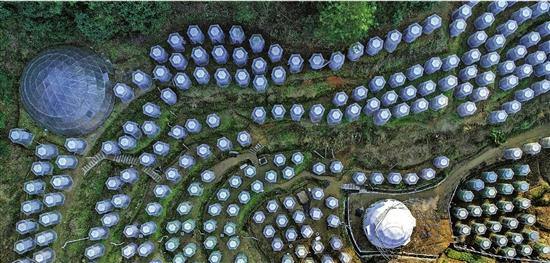
(Photo via Zhejiang News)
Can carbon label become the driving force of Zhejiang?
"Many people think that low carbon is only related to energy and industrial structure, which has nothing to do with individuals," experts said.
"One thing that enables ordinary people to feel the same way is carbon labeling," the person in charge of the Provincial Department of Ecological Environment believes. Carbon labeling originated from the discussion on "food mileage" in Britain in 1976. The first carbon labeling system in the world was made by Carbon Trust, which is also the largest carbon labeling system in the world. If there is a "black foot" on the product, it means that it has obtained low-carbon certification. 75 products, including Coca Cola, began to be carbon labeled in 2008, and now there are more than 2,500 of them.
The carbon label is changing from a public welfare mark to an international passport for commodities, which may become a new threshold for international trade.
Huzhou Mingshuo Optoelectronics is the first enterprise with carbon label trademark products in China. Among many enterprises, it takes the lead to attach the carbon label to its products thus well sold overseas. At present, more than 400,000 lamps have been installed in China, and the carbon dioxide emission reduction has reached 17.32 million tons.
The other day, a survey on the willingness of the public to pay for carbon labeled products was conducted by Zhejiang University. Milk, mineral water and wine were selected as the experimental objects. More than 80% of the consumers were willing to buy carbon labeled products at a reasonable premium.
"Zhejiang has a solid foundation to do this pilot project." Fang Kai said that Zhejiang's per capita consumption expenditure ranked third in China in 2019, next only to Shanghai and Beijing. From this point of view, the higher the consumption level, the stronger the ability to bear the premium of carbon label products.
(Compiled and translated by Xu Yuhong)
